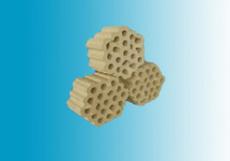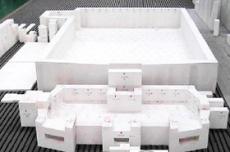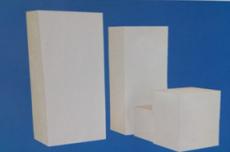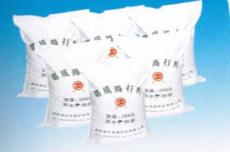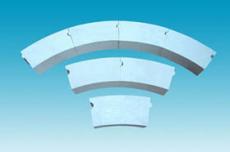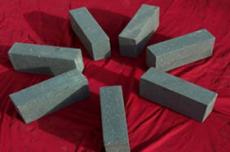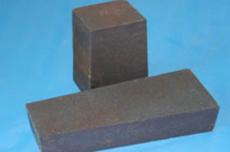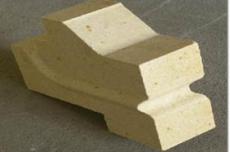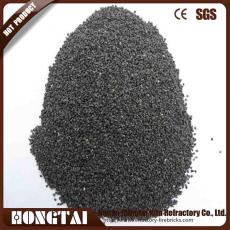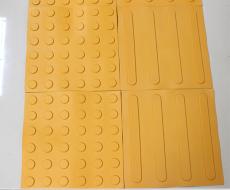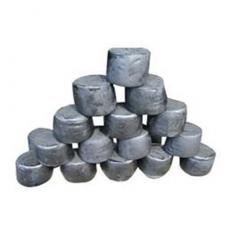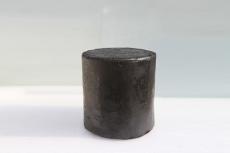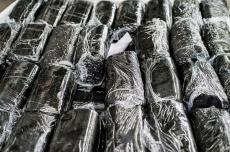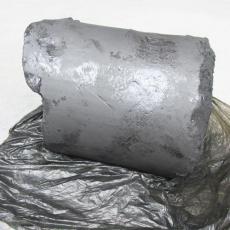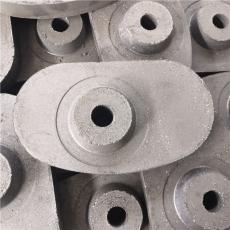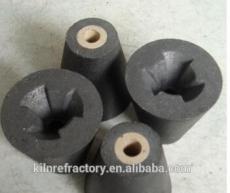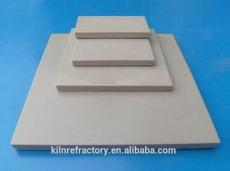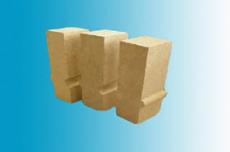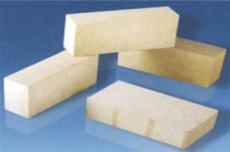
Widely used thermal insulation refractory materials, their performance characteristics, and operating principles.
1. Introduction to room temperature thermal insulation refractory materials
1. Fibers: vacuum insulation boards, ceramic fiber blankets, cotton, felt, wire, etc.
2. Refractory bricks: lightweight refractory bricks, lightweight high-alumina bricks, lightweight clay bricks.
3. Refractory materials: lightweight high-alumina refractory materials. There are many specifications for fireproof thermal insulation materials. We will briefly introduce them:
1. Vacuum Insulation Board 1.1 Characteristics of Vacuum Insulation Board:
(1) Convenient structure, heavy, lightweight, and economical.
(2) High temperature resistance, high pressure resistance, and long service life.
(3) Good insulation performance at high temperatures.
(4) Good heat resistance and high mechanical strength.
2. Ceramic Fiber Products
3. Lightweight Refractory Bricks
3.1 Characteristics of Lightweight Refractory Bricks: (1) Low density, high porosity, and light weight.
(2) Low thermal conductivity, good thermal insulation performance.
(3) High cost, and a wide range of applications.
02. Characteristics of Heat-Insulating Refractory Materials
1. Low bulk density, numerous pores, high porosity, and low thermal conductivity.
2. The performance of thermal insulation materials is stable, with clear thermal conductivity and a wide range of applicable temperatures.
3. Good chemical stability and no corrosion.
4. Good waterproof performance and low hygroscopicity.
5. Flame retardant and fire resistant, low flammable components, non-flammable or self-extinguishing.
6. Good resistance to thermal shock.
7. Convenient processing and construction.
3. Insulating Refractory Materials
Working Principle: Industrial furnaces constructed with conventional refractory materials typically have low energy efficiency. Thermal conductivity is an important parameter required for the design of high-temperature heating equipment. Increased use of insulation and thermal insulation materials in furnace construction can reduce heat loss from the walls, improve thermal efficiency, increase the performance of heating equipment, reduce energy consumption, and operate more economically and efficiently. 04. Application Area of Insulating Refractory Materials
Insulating refractory materials are used for the lining and outer layer of the refractory layer of heating furnaces (furnace walls, furnace bottoms, and furnace lids), open-faced furnaces, heat treatment furnaces, coke ovens (combustion chambers, heat storage chambers), annealing furnaces, hardening furnaces, and other furnaces in the metallurgical, petrochemical, mechanical engineering, and electronics industries. They are also used as thermal insulation materials for various high-temperature pipelines and can also be used as high-temperature sealing materials. They can also be specifically used for the thermal insulation layer and the thermal insulation layer of heating equipment. High-quality insulating refractory materials can replace conventional dense refractory masonry materials, thereby saving energy and reducing construction costs. 05. Classification of Thermal and Fireproof Insulation Materials
1. According to use temperature: (1) Low-temperature thermal insulation materials, with a use temperature below 900°C, such as diatomite, asbestos, expanded vermiculite, and slag wool, etc.; (2) Medium-temperature thermal insulation materials, with a use temperature of 900–1200°C, such as expanded perlite, lightweight clay bricks, and refractory fibers, etc.; (3) High-temperature thermal insulation materials, with a use temperature of 1100–1500°C, such as high-alumina lightweight thermal insulation bricks, lightweight corundum bricks, hollow ball products, and high-temperature refractory fiber products, etc.
2. By bulk density: (1) General thermal insulation materials, the bulk density is 0.3-1.3 g/cm3; (2) Ultra-light thermal insulation materials, the bulk density is less than 0.3 g/cm3.
3. By material form: (1) Powder and granular insulation materials: expanded perlite, alumina powder, lightweight concrete, lightweight refractory concrete. (2) Molded insulation materials: lightweight refractory concrete. (3) Fiber insulation materials: asbestos, glass fiber, ceramic fiber. (4) Composite insulation materials: insulation panels, insulation coatings.
4. By manufacturing method:on: (1) Porous raw material method: that is, products made of porous materials such as diatomite and its products; (2) Light raw material combustion additive method: products made by the fuel additive method by adding sawdust, coal powder and other light materials to the sludge material.
